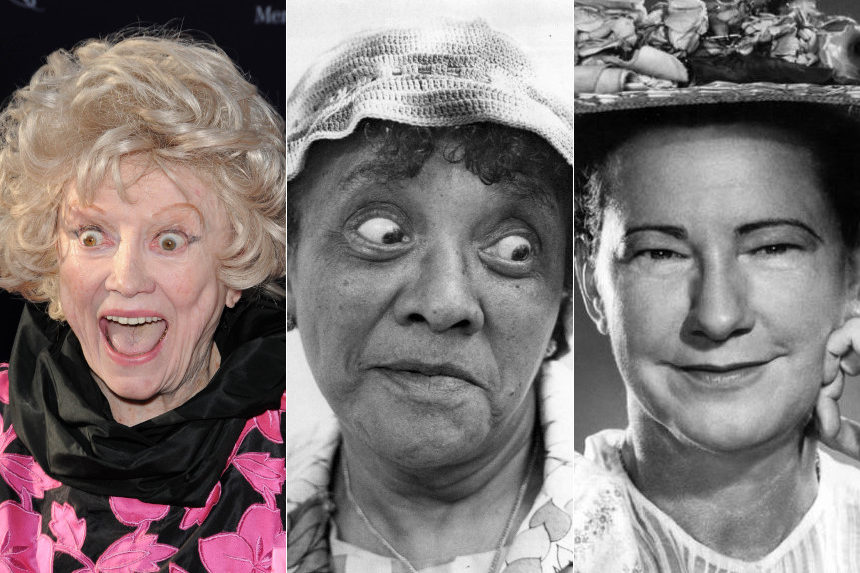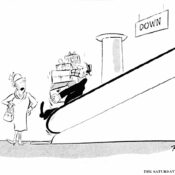Johnny Carson and Jerry Lewis are indisputable comedy legends. But as Shawn Levy observes in his essential new book, In on the Joke: The Original Queens of Stand-Up Comedy, both had a comedy blind spot: women delivering one-liners.
A female stand-up, Carson said in a 1979 Rolling Stone interview, “has to overcome that built-in identification as a retiring meek woman….The ones that try, sometimes are a little aggressive for my taste. I’ll take it from a guy, but from women, sometimes, it just doesn’t fit too well.”
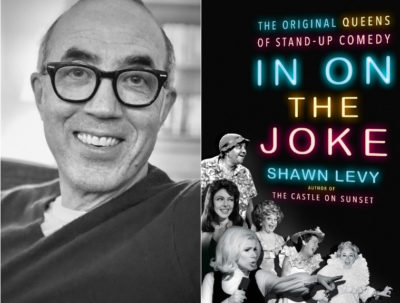
Lewis made national headlines in 2000 when he offered, “A woman doing comedy doesn’t offend me, but sets me back a bit…. I think of her as a producing machine that brings babies in the world.”
Today, Levy notes, women stand-ups and comedy creators of all types, styles, ages, and sensibilities are preeminent. To name a few: Hannah Gadsby, Tiffany Haddish, Mindy Kaling, Tig Notaro, Amy Schumer, and Sarah Silverman.
But before them, there were the groundbreaking artists who had to break down the doors of stand-up comedy’s boy’s club. Some names you’ll recognize (Phyllis Diller, Joan Rivers), some operated on the fringes of show business (so-called “party album” doyens Belle Barth and Rusty Warren), and some you may think you know, but have remarkable backstories (Moms Mabley, Minnie Pearl).
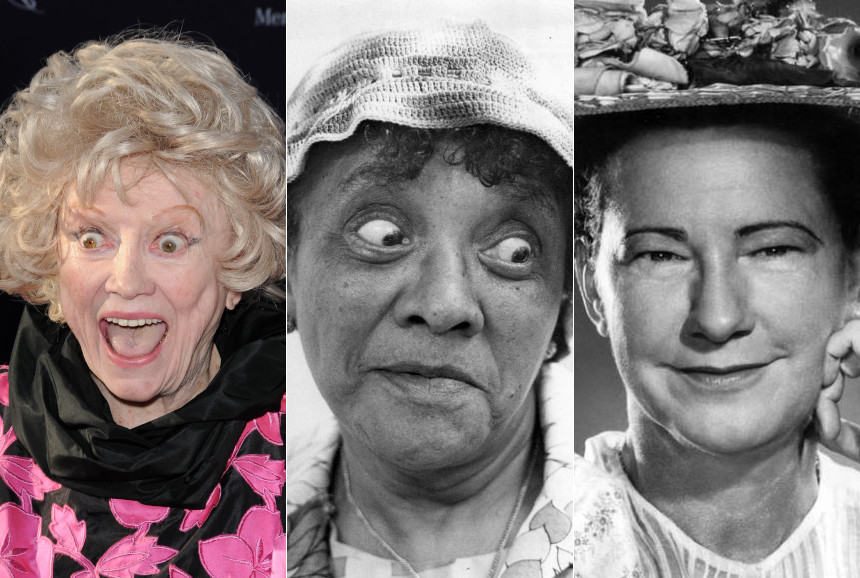
In a phone interview with The Saturday Evening Post, Levy, who is also the author of acclaimed show business biographies about Jerry Lewis and the Rat Pack, among others, said that the further he researched the artists profiled in his book, the more he developed profound respect and admiration for them beyond their ability to make him laugh. “Moms Mabley’s grandmother was a slave and [Moms] winds up becoming the first solo female comic to perform at the Apollo; she has a chauffeured Rolls Royce and a home in Westchester. Phyllis Diller was a 37-year-old mother of five the first time she stood in front a mic to tell jokes to an audience in the 1950s in North Beach San Francisco. That’s like a space alien coming down and becoming a chef.”
The Saturday Evening Post: Did comedy loom large in your household?
Shawn Levy: My dad was my tutor in popular culture, film, and comedy. He was born in 1928 and had tried his hand at writing comedy for the radio. Through him, I learned about a variety of stand-ups. I still have his Shelley Berman, Lenny Bruce, and Bob Newhart LPs. But my parents also owned Belle Barth albums. I didn’t know who she was; I just thought she some sort of Sophie Tucker-ish nightclub singer. I had no idea what a transgressive leader she was.
I was born in 1961, and when I was in high school in New York, the comedy boom was really starting to take off at places like Catch a Rising Star and The Improv. You could go see the next generation of comedians like Jerry Seinfeld and Will Durst. I saw them in comedy clubs; no cover charge and a two-drink minimum. And they didn’t check I.D.s. It was just part of my youth.
SEP: Were any female comedians on your radar?
SL: Anne Meara was important in our house. My parents had the same ethnic makeup as (her husband Jerry) Stiller and Meara. My father was Jewish and my mother was Italian-Irish. I was about seven-and-a-half when Rowan & Martin’s Laugh-In was on. Lily Tomlin, Ruth Buzzi and Jo Anne Worley had recurring sketch characters, but they would also have guest turns by Phyllis Diller, Totie Fields, or Joan Rivers. These women were always on talk shows or TV specials and were a part of the cultural life of my home.
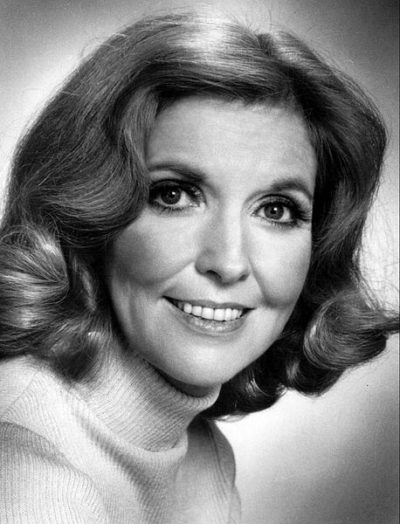
SEP: So, what’s the a-ha moment to write In on the Joke?
SL: I had a completely different idea for a book about comedy and politics. In that proposal, one of the chapters was going to be about women’s rise in standup comedy. My editors at Doubleday didn’t care for the whole proposal, but they latched on to that. This was in late 2019. We had all seen some of The Marvelous Mrs. Maisel and it just seemed like a ripe subject. One of my quests in finding a new book subject is to find the empty space on the library shelf; something that hasn’t been written about at all or hasn’t been written about in so long that the stories need freshening up. And in this case, there was almost nothing. I really felt the opportunity to make a contribution.
SEP: You do touch on this in the book, but what is your response to those who might call this book a case of “mansplaining”?
SL: I tried very hard to understand the human reality that these women were facing, and not to explain it, and to see what they faced in terms of gender and equity as it was unfolding. If this book brings these women into the limelight so that other books about them come about, and those books are written about women, I will read them, I will blurb them, I will share them on social media. I compare (being the one to write this book) to seeing a Matisse for $10 in a thrift store. You think, “I shouldn’t take it,” but you keep going back to the store and it’s still there, and after a while, you say “I have to have it.” This was like that Matisse for me; those stories were too good.
SEP: Which of these artists did you come upon in your research about whom you weren’t familiar?
SL: Jean Carroll. I was stunned. My agent and I were talking about the book and he said he could put me in contact with Jean Carroll’s granddaughter. We’re on the phone and part of my brain is saying, “Who’s that?” I googled her during the call and I was like, “Holy cow, the first woman stand up.” I was stunned to find Hattie Noel, who appears in the Moms Mabley chapter. She was in movies, on Broadway, in vaudeville. She cut songs and comedy records. She was the live model for the dancing hippo in Fantasia for the animators to study movement. Hers is just a remarkable story.
Jean Carroll, 1959 (uploaded to YouTube by ClassicComedyCuts)
SEP: What do you hope readers get from this book? Regardless of whether you’re a comedy geek, these are, as you said, great stories.
SL: I hope they seek out the work of these extraordinary women. I went into this thinking I wasn’t going to write about Moms Mabley or Minnie Pearl and just stick to the so-called mainstream show biz people. But they are two of the most amazing characters I’ve written about in my 11 books, and the more time I spent with each and every one of these women, the more respect I had for them. You can never celebrate women who have been overlooked enough.
Featured image: Phyllis Diller, Moms Mabley, and Minnie Pearl (Shutterstock/Wikimedia Commons/Wikimedia Commons)
Become a Saturday Evening Post member and enjoy unlimited access. Subscribe now
